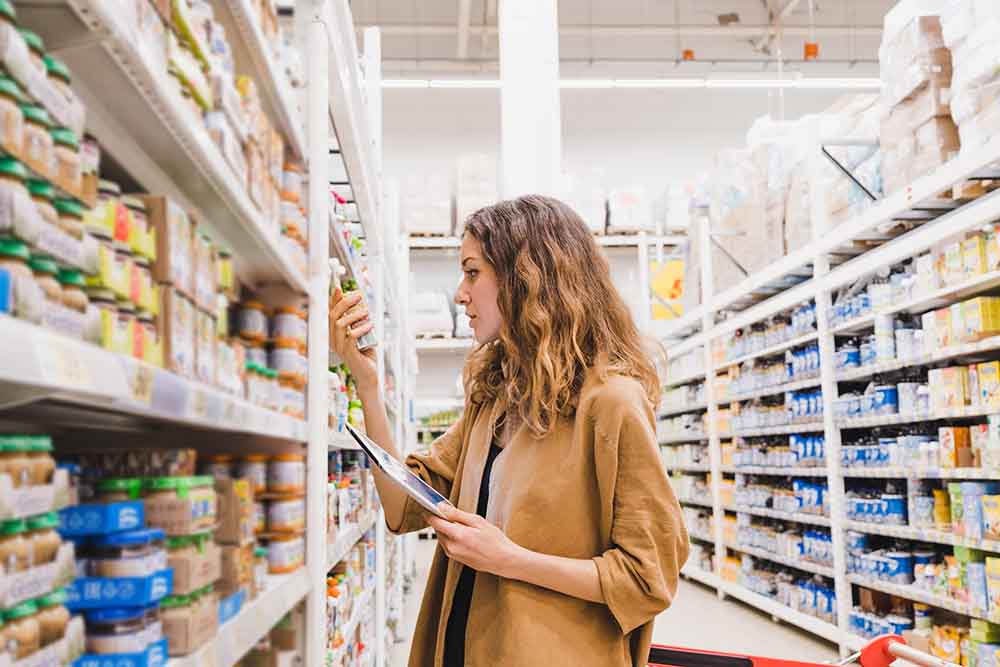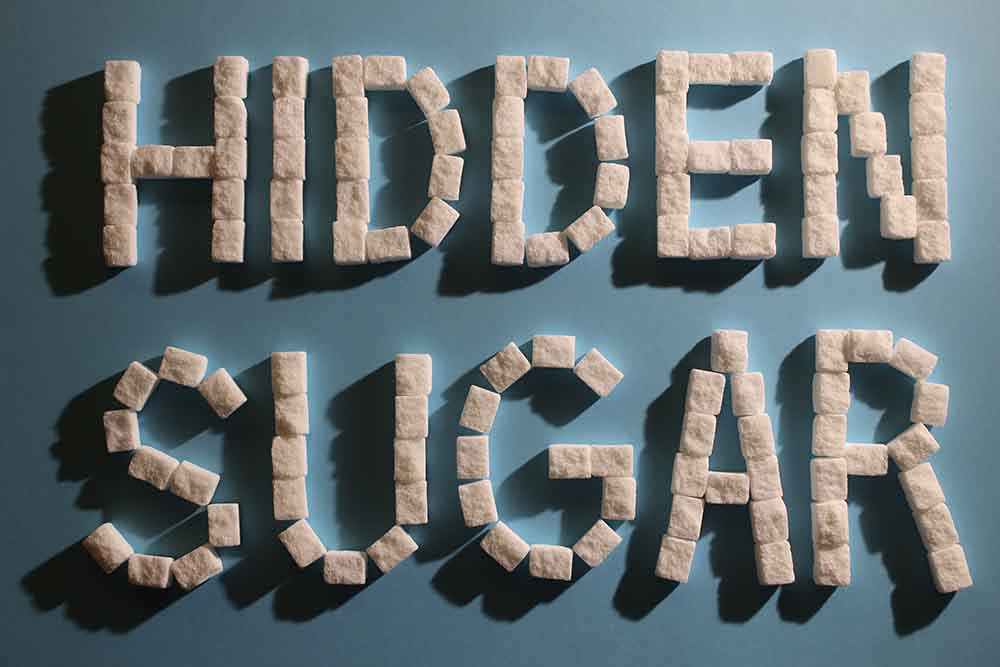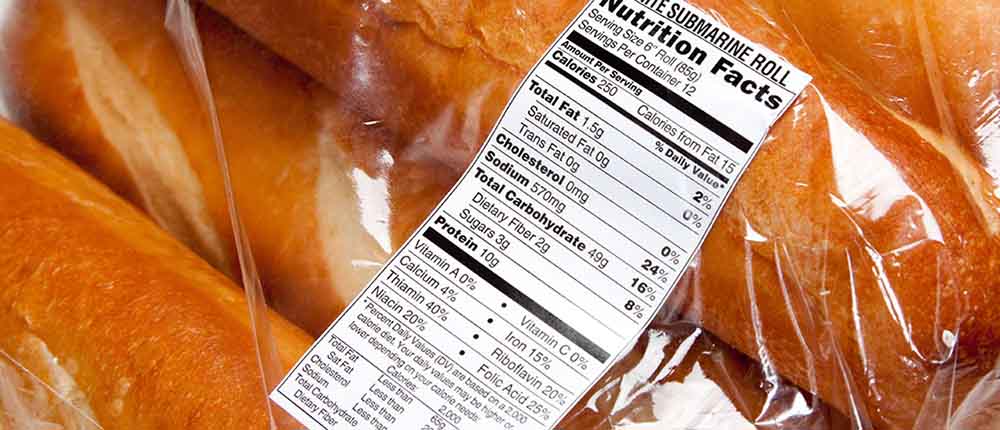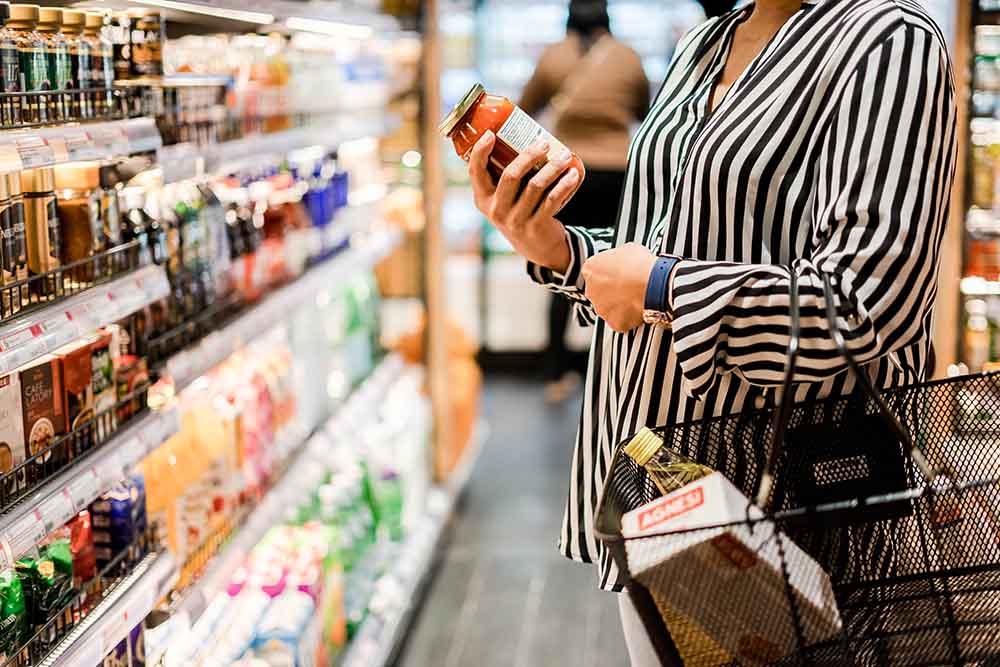Today, 80 per cent of the foods we consume have sugar in them! While most foods are safe to eat in moderation, the sugar we're consuming can be the most dangerous, since we’re unaware of it. Foods that appear healthy such as cereal, muesli bars, or low-fat yoghurt, might be loaded with added sugars. Labels like ‘lite,’ ‘low fat,’ and ‘sugar free’ don’t necessarily imply health. Like many others, you may have believed up until now that these items are the healthier option. However, with all the complex labelling details on the pack, you may fail to notice that at times ‘sugar free’ is code for ‘full of fat.’

In a world where supermarket shelves are overflowing with choices, reading food labels can be the first line of defense for your health. Understanding the fine print at the back of a packaged food item may seem intimidating, but once you know what to look for, you’ll be equipped to make smarter and healthier choices for yourself and your family.

Unveiling The Hidden Sugars
The term ‘sugar’ doesn’t always appear in in those exact words on the ingredients label. You have to grasp what you’re putting into your body by understanding the code words or alternatives that are used to disclose sugar content. The most common ones are:
Glucose: It is present in a variety of foods, including honey and fruit. Your body actually creates glucose when it breaks down the carbohydrates you eat.
Sucrose: Commonly referred to as ‘table sugar’, sucrose sources include sugarcane, sugar beets, and other fruits and vegetables. This kind of sugar is readily available at the grocery store, and used in cakes and beverages.
Fructose: Natural sources of fructose include honey, and whole fruits and vegetables.
Lactose: It is a naturally occurring sugar in milk and dairy products. Some people may be intolerant to lactose or allergic to it.
Carbohydrates: It includes sucrose, glucose, and fructose; they are sometimes known as simple sugars. Although they must be consumed in moderation, carbohydrates are an essential component of any diet.
Clinical Nutritionist, Dr Alka Walavalkar shares an easy-to-follow guide to decoding what’s on the label.

Ingredients List: Your Investigation Begins Here
Think of the ingredients list as a recipe, where the items are listed in order of quantity. The first few ingredients make up most of what you’re eating. A good rule of thumb: if sugar, salt, or an unrecognisable chemical name is listed among the first three ingredients, it’s worth a second thought. Fewer ingredients generally mean less processing.
Watch out for:
• Hidden sugars like high-fructose corn syrup, maltose, dextrose, or cane juice.
• Artificial preservatives such as BHA, BHT, and sodium benzoate.
• Trans fats in the form of ‘partially hydrogenated oils,’ even if the label claims ‘0g trans-fat’ — loopholes allow for rounding down small amounts.
Serving Size: Small Number, Big Impact
Many people glance at calories and nutrients but overlook serving size. If the pack says ‘200 calories’ but contains two servings, you’re actually consuming 400 calories if you consume the whole thing. Always multiply by the number of servings per container to get the true picture.
Added Sugars Vs. Natural Sugars
Natural sugars (like those in fruit or milk) are not the same as added sugars. Look for the ‘Added Sugars’ line under the ‘Total Sugars’ on the nutrition label. The World Health Organization recommends limiting added sugar to about 6 teaspoons (25 grams) per day for adults. A flavoured yogurt or breakfast cereal can exceed that in a single serving.
Sodium: The Silent Threat
Packaged foods are a major source of sodium, which is linked to high blood pressure and heart disease. Aim for less than 1,500–2,300 mg of sodium per day depending on your health status. Some snacks and frozen meals can sneak in 800 mg or more per serving. Look for ‘low sodium’ or ‘no added salt’ versions.
Fibre And Whole Grains: Your Gut’s Buddy
Dietary fibre aids digestion, stabilises blood sugar, and supports heart health. Choose items with at least 3–5 grams of fibre per serving. For breads, cereals, and pastas, ensure that ‘whole grain’ or ‘whole wheat’ is listed as the first ingredient, not enriched wheat or multigrain, which can be misleading.

Fats: Get Acquainted With The Types
All fats are not equal. Look for foods that contain unsaturated fats (like those from nuts, seeds, and olive oil) and limit:
• Saturated fats (from butter, cream, fatty meats) to less than 10 per cent of your daily calorie intake.
• Trans fats, which have been largely banned but may still appear in imported or older products.
Beware Of Health Halos
Labels that scream ‘natural,’ ‘light,’ ‘fat-free,’ or ‘made with real fruit’ can be misleading. Always flip the package and verify those claims by reading the actual nutrition facts and ingredients. ‘Fat-free’ often means more sugar, and ‘natural’ is not a regulated term in most countries.

Preservatives And Additives: What Are They?
While some additives like ascorbic acid (vitamin C) are harmless, others like artificial colours (such as Yellow 5, Red 40) and preservatives (such as sodium nitrate in processed meats) have raised concerns. When in doubt, favour foods with names and ingredients you recognise.
Reading food labels is more than watching calories—it’s about understanding what you’re putting into your body. Choosing products with wholesome ingredients, less added sugar and sodium, more fibre and healthy fats can go a long way in backing your long-term health.
So, the next time you’re reaching for a snack, choosing a cereal, energy bars or beverages, take a moment to turn the package around. Your body will thank you!
Image source: ByOriana